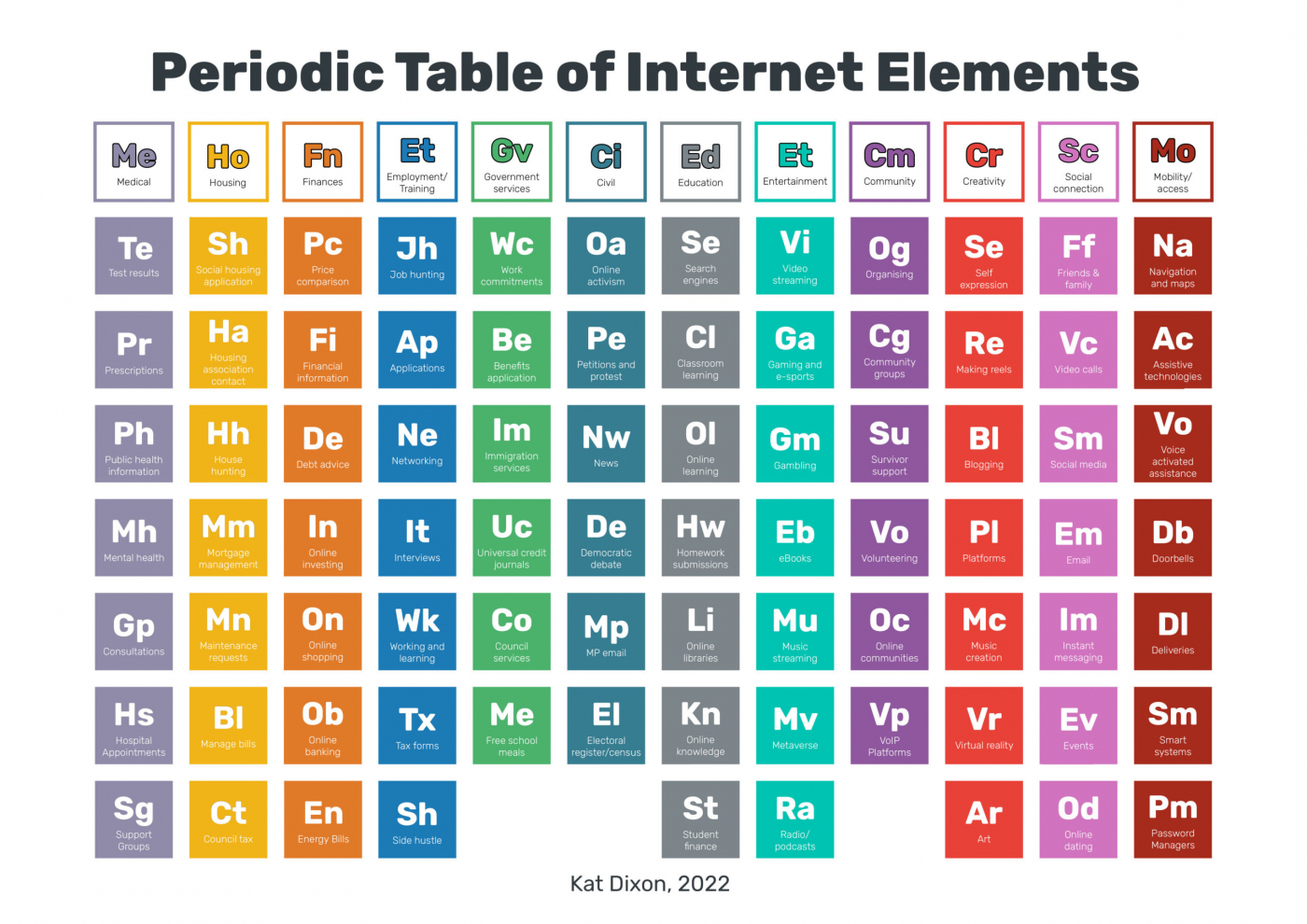Digital inclusion means that everyone, regardless of background or abilities, has access to and can effectively use digital technologies like computers, the internet, and smartphones.
This means they have the skills, devices and data needed to participate in the digital world.
The aim of digital inclusion is to prevent anyone from being left behind because they lack these resources, and to create a more equal and accessible society.
Digital inequality is complex and evolving. We've pulled together a summary of the most important facts and stats and listed some helpful reports below.

